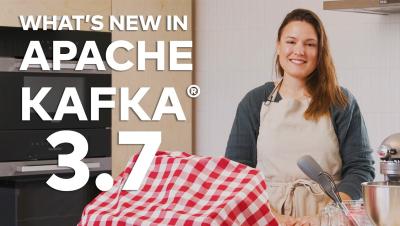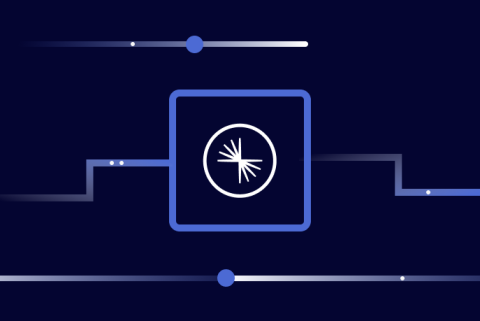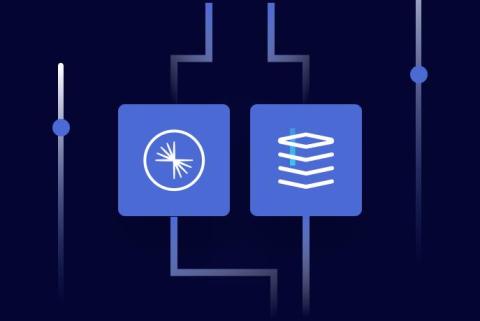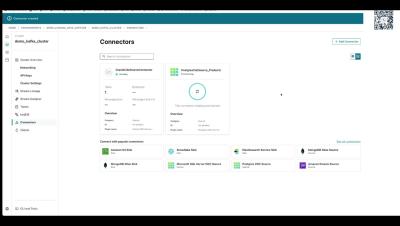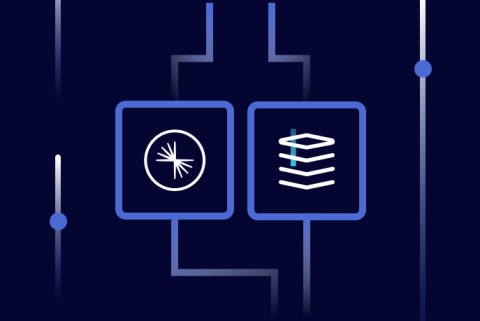Introducing Apache Kafka 3.7
We are proud to announce the release of Apache Kafka® 3.7.0. This release contains many new features and improvements. This blog post will highlight some of the more prominent features. For a full list of changes, be sure to check the release notes. See the Upgrading to 3.7.0 from any version 0.8.x through 3.6.x section in the documentation for the list of notable changes and detailed upgrade steps.



